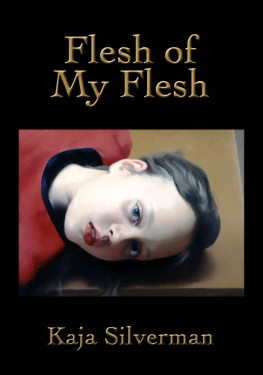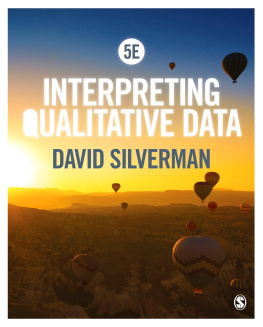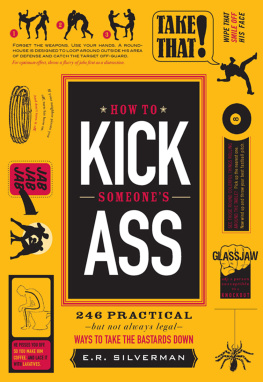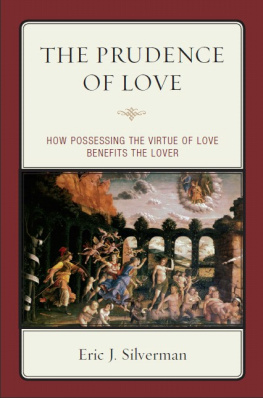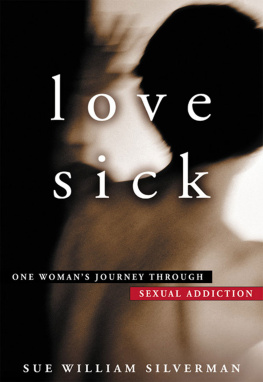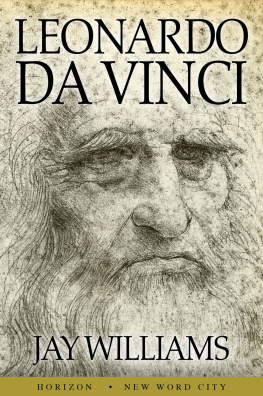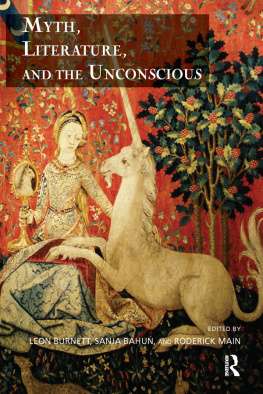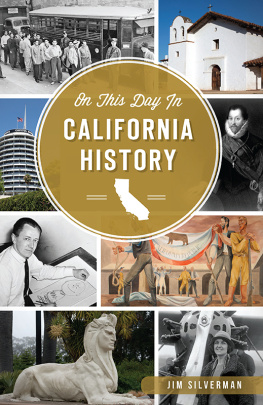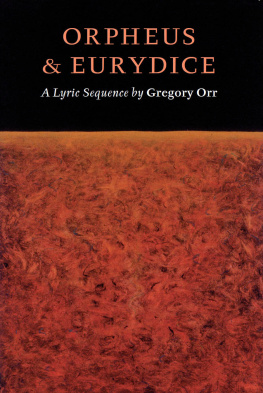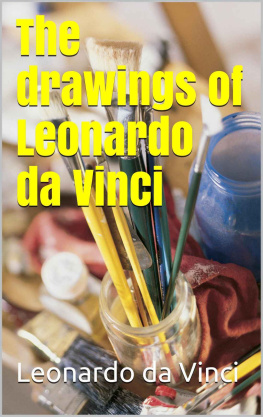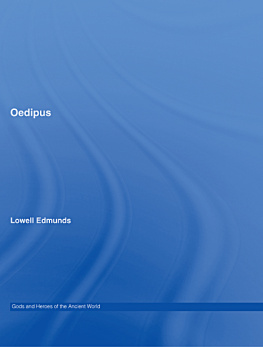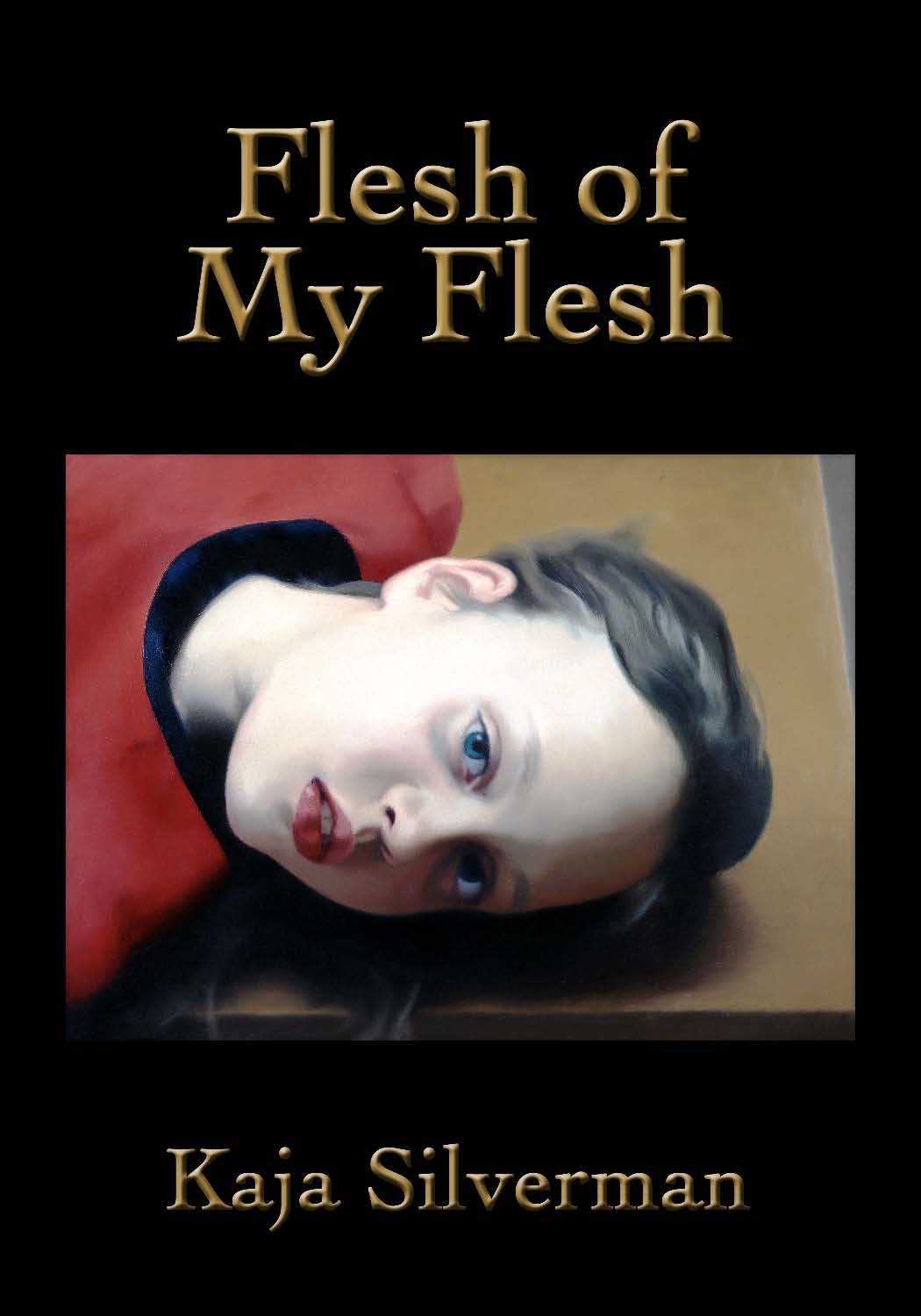Jacques Lacan, The Mirror Stage as Formative of the I Function, as Revealed in Psychoanalytic Experience, in Ecrits , trans. Bruce Fink (New York: Norton, 2006), 76.
Jacques Lacan, Aggressiveness in Psychoanalysis, in Ecrits , 82102.
Michel Foucault, The Order of Things: An Archaeology of the Human Sciences (London: Tavistock, 1970), 17. In her book Visual Analogy: Consciousness as the Art of Connecting (Cambridge, Mass.: MIT Press, 2001), Barbara Maria Stafford also talks about the disfavor into which analogy has fallen and argues for its recuperation as a general theory of artful invention and a practice of intermedia communication (8). Although my approach differs from hers, I share her belief in the social importance of analogy. I am also in profound agreement with another of Staffords claimsthat analogy is the vision of ordered relationships articulated as similarity-in-difference and that this order is neither facilely affirmative nor purchased at the expense of variety (9).
Ovid, The Metamorphoses , trans. Michael Simpson (Amherst: University of Massachusetts Press, 2001), 256257.
Because this part of The Metamorphoses is narrated by Numa and attributed to Pythagoras, some classical scholars do not believe that the ideas in it should be imputed to Ovid. Since I am not a classicist, I will not hazard an opinion on this topic. When I utter the name Ovid, I am referring to the author projected by the text, rather than a biographical figure.
In Leonardo da Vinci: The Rhythm of the World , Rosetta Translations (New York: Konecky and Konecky, 1998), Daniel Arasse talks about the affinities between Leonardos thought and Book XV of The Metamorphoses . For Leonardo, as for Ovids Pythagoras, the world is in a permanent state of flux. Instead of sinking into depression or sorrow, Leonardo used this perception as a foundation for his researches (1718). He is less interested in form than in what Paul Klee calls the formation beneath the form (19). The notion of an unfinished universality also comes from Arasse.
Martin Heidegger, The Age of the World Picture, in The Question Concerning Technology and Other Essays , trans. William Lovitt (New York: Harper and Row, 1977), 115154.
Ren Descartes, Discourse on Method and Meditations on First Philosophy , ed. David Weissman (New Haven, Conn.: Yale University Press, 1996), 9.
Ibid., 66.
Arthur O. Lovejoy wrote the definitive book on the latter concept. See The Great Chain of Being (Cambridge, Mass.: Harvard University Press, 1964).
Lynn R. Wilkinson, The Dream of an Absolute Language: Emanuel Swedenborg and French Literary Culture (Albany: State University of New York Press, 1996), 62, 9496.
Ibid., 147216.
Wilkinson devotes most of the first chapter of The Dream of an Absolute Language to Swedenborgs influence on Constant, and chapter 5 to his influence on Baudelaire. For a discussion of Emersons relationship to Swedenborg, see chapter 2 of Eric Wilsons book, Emersons Sublime Science (New York: St. Martins Press, 1999).
Ralph Waldo Emerson, Fourierism and the Socialists, in Uncollected Writings: Essays, Addresses, Poems, Reviews, and Letters (New York: Lamb Publishing, 1912), 72.
Walt Whitman, Leaves of Grass , ed. Richard Maurice Bucke, Thomas R. Harned, and Horace L. Traubel (New York: Doubleday, 1902), 2:22.
Charles Darwin, The Origin of Species (New York: Random House, 1979), 454455.
Wilkinson, The Dream of an Absolute Language , 9.
James Moore and Adrian Desmond provide a fascinating and extremely informative account of Darwins relationship to slavery in their introduction to The Descent of Man (London: Penguin, 2004), xilviii.
See Betsy Erkkila, Whitman the Political Poet (New York: Oxford University Press, 1989), 47. Martin Klammer makes sense of Whitmans shifting views on slavery and race by positioning them against a historical backdrop in Whitman, Slavery, and the Emergence of Leaves of Grass (University Park: Pennsylvania State University Press, 1995).
Lacan, Aggressiveness in Psychoanalysis, 98101.
Jacques Lacan, Some Reflections on the Ego, International Journal of Psycho-analysis , no. 34 (1953): 13; Aggressiveness in Psychoanalysis, 8486.
Ovid, The Metamorphoses , 163167.
Charles Segal offers an overview of many of these appropriations in Orpheus: The Myth of the Poet (Baltimore: Johns Hopkins University Press, 1989), 155198. For a more detailed account of Christian readings of the myth, see Eleanor Irwin, The Songs of Orpheus and the New Song of Christ, in Orpheus: The Metamorphosis of a Myth , ed. John Warden (Toronto: University of Toronto Press, 1982), 5162, and Patricia Vicari, Sparagmos: Orpheus among the Christians, in Orpheus: The Metamorphosis of a Myth , 6383. John Warden conducts a more in-depth study of Neoplatonic interpretations of the myth in Orpheus and Ficino, in Orpheus: The Metamorphosis of a Myth , 85110.
Mary Zimmermans 1998 play, Metamorphoses , is a particularly striking example of this. Theodore Ziolkowski discusses its treatment of the Orpheus and Eurydice myth in Ovid and the Moderns (Ithaca: Cornell University Press, 2005), 203205.

